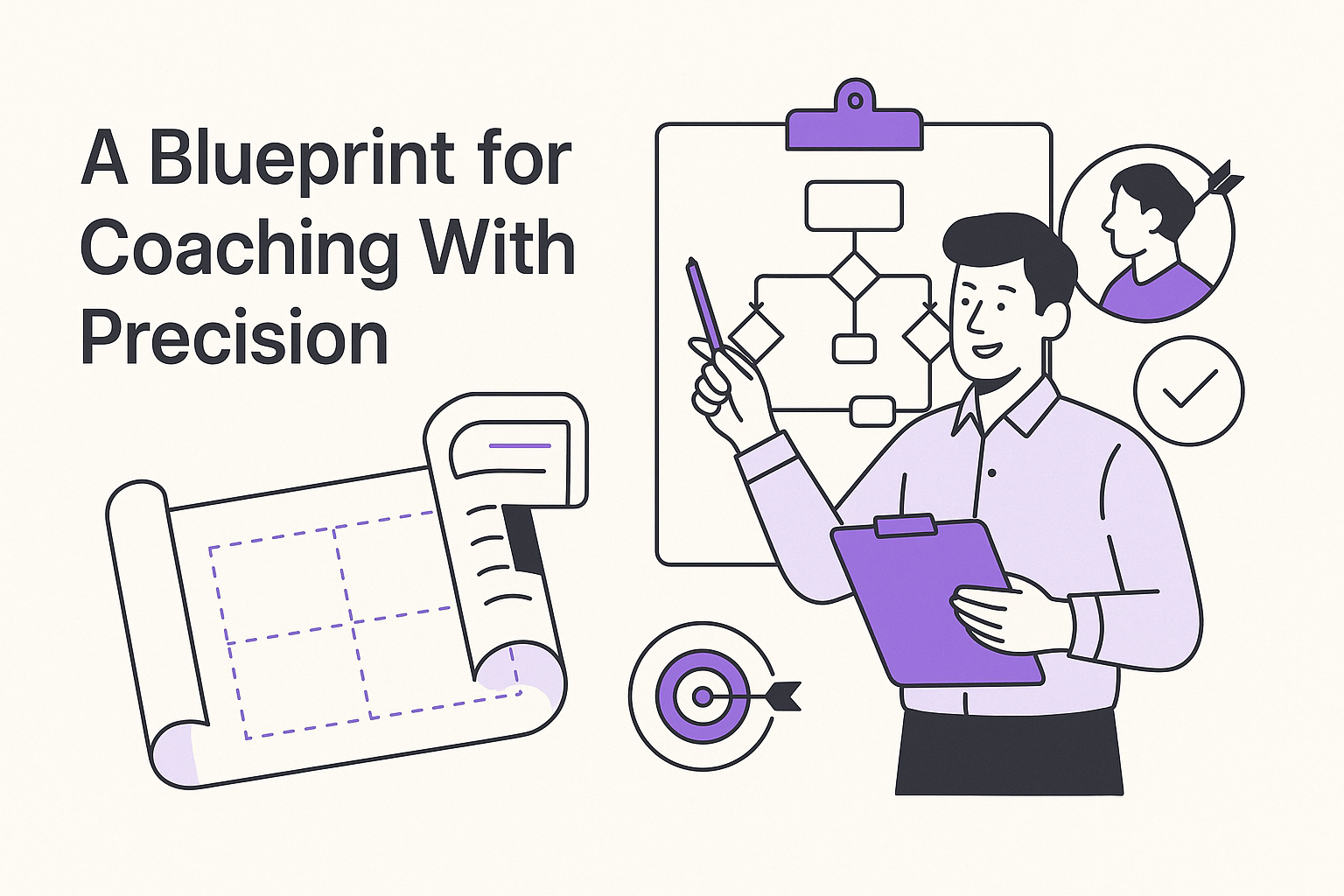How to Transcribe Audio Recordings to Text With AI Tools in 2025
-
Hello Insight
- 10 min read

If you’ve ever struggled with turning audio recordings into text, you’re not alone. Professionals across industries know how crucial it is to capture and preserve information — but transcription can be a real headache.The good news? AI has changed the game. Today, you can transcribe audio to text in seconds with impressive accuracy. It’s like having a super-smart assistant that never gets tired or makes typos. In this article, you’ll learn:
- How AI-powered transcription works
- Step-by-step instructions for transcribing recordings
- Common mistakes to avoid
- Best practices and tools to streamline your workflow
Why Transcribing Audio Recordings Matters
1. Boost Accessibility and Inclusion
Transcripts make spoken content accessible to people with hearing impairments and non-native speakers — essential for education, training, and support.
2. Improve Information Retention and Searchability
Text is easier to search, tag, and organize. Whether you’re analyzing a call or reviewing a podcast, searchable transcripts save time.
3. Unlock Customer Insights
Sales, support, and marketing teams can analyze transcripts to uncover feedback, trends, and customer pain points.
4. Speed Up Documentation and Compliance
In regulated industries like healthcare or finance, transcripts simplify documentation and help meet compliance standards.
Top AI Transcription Tools in 2025
1. Insight7
Top choice for market research, CX, product teams, and academia. It goes beyond transcription by extracting insights from interviews, surveys, and calls. It supports multilingual transcription and translation, integrates with Google Drive, Gong, and SharePoint, and meets GDPR and SOC2 compliance standards.
2. Sonix
Sonix excels in multilingual and media-heavy workflows. Supporting over 50 languages, it offers summarization, sentiment analysis, and topic detection. It’s a favorite among creative professionals with integrations like Zoom, Salesforce, and Adobe Premiere.
3. Rev AI
Rev AI is designed for enterprises that need both AI and human-reviewed transcription. It handles custom vocabularies, speaker detection, and timestamps, and works seamlessly with Zoom, YouTube, and Dropbox.
4. Fireflies.ai
Fireflies.ai suits remote and customer-facing teams. It records, transcribes, and summarizes meetings, while also offering talk-time analytics and task extraction. It integrates well with tools like Notion, Salesforce, and Asana.
5. Dialpad
Dialpad is great for sales and support teams. It transcribes across calls, video, and chat while providing real-time sentiment analysis and coaching. It connects easily with Microsoft 365 and Google Workspace for team-wide adoption.
How to Transcribe Audio Recordings with AI in 5 Simple Steps
Transcribing audio with AI has become faster, more accurate, and more accessible in 2025. Whether you’re working with interviews, customer calls, or team meetings, here’s a step-by-step guide to getting high-quality transcripts using AI transcription tools.
Step 1: Choose the Right AI Transcription Tool
Start by evaluating what you need from a tool. Consider the language support, transcription speed, speaker identification, sentiment detection, and integration options.
If you’re conducting market research or analyzing conversations at scale, Insight7 offers transcription with advanced insight extraction. For live meeting capture, Otter.ai or Fireflies.ai may be more suitable. Make sure the tool you choose supports your use case and integrates with platforms like Google Drive, Zoom, or CRM systems if needed.
Step 2: Prepare High-Quality Audio
Clear audio is essential for accurate transcription. Record in a quiet space using a quality microphone or headset. Avoid background noise and ensure participants speak clearly. Most AI transcription platforms accept formats like MP3, WAV, or M4A, so save your file in a standard format to ensure compatibility.
Step 3: Upload and Configure Settings
Once your audio is ready, upload it into your chosen tool. Many platforms allow you to configure key options before transcription starts, such as:
- Speaker identification (diarization)
- Language selection
- Punctuation preferences
- Timestamp insertion
Start the transcription process, and within minutes (or seconds), your transcript should be ready.
Step 4: Review and Edit the Transcript
AI can automate the process, but human oversight is still essential. Review the transcript for any misheard words, incorrect names, or industry-specific jargon. Most platforms provide an in-browser editor, allowing you to play back audio alongside the text and make precise corrections.
If your audio includes technical terms or non-English phrases, consider training the tool’s custom dictionary (if available) to improve accuracy in future transcripts.
Step 5: Export and Put Your Transcript to Use
After reviewing, export your transcript in the format you prefer—PDF, Word, TXT, or even into a collaborative document platform like Google Docs. Use it for content creation, training materials, compliance records, or even sentiment and keyword analysis if you’re using a platform like Insight7.
Advanced Features to Look For
Modern transcription platforms are more than speech-to-text converters. Here are essential features that make transcription smarter, especially at scale:
- Speaker diarization: Distinguishes who’s speaking in group recordings.
- Real-time transcription: Useful for live meetings, webinars, and interviews.
- Sentiment analysis: Detects tone and emotion in customer conversations.
- Named Entity Recognition (NER): Identifies names, companies, places, and key terms.
- Multilingual support: Critical for global teams working in various languages.
- Workflow integrations: Connects with tools like Notion, Salesforce, Zoom, and Slack.
- Custom vocabulary: Trains the model on your terminology, acronyms, or industry language.
- Data compliance: Look for tools that meet GDPR, HIPAA, or SOC2 standards to ensure security.
Common Pitfalls in AI Transcription
1. Poor Audio Quality
The accuracy of AI transcription is heavily dependent on sound quality. Recordings filled with background noise, muffled voices, or low microphone input often result in garbled or incomplete transcripts. To get the best results, use a high-quality microphone and record in a quiet, echo-free environment.
2. Misinterpreted Technical Terms
AI tools often struggle with industry-specific jargon, acronyms, or uncommon phrases. This can lead to incorrect interpretations or completely missed words. If you’re working in a specialized field, choose a platform that supports custom vocabulary or allows you to upload glossaries tailored to your domain.
3. Inaccurate Speaker Labels
In multi-speaker settings like interviews or conference calls, AI may mix up who said what—especially if voices are similar or people speak over each other. This causes confusion in the transcript and can misrepresent the conversation. To avoid this, enable speaker diarization where available, and review transcripts manually to correct any labeling errors.
4. Lack of Context or Punctuation
While AI has improved in capturing words, it often fails to apply proper grammar, punctuation, or tone. Transcripts may come out flat, robotic, or difficult to follow. Always review the output, restructure run-on sentences, and insert missing punctuation to make the final text coherent and publication-ready.
Expert Tips for Best Results
- Record high-quality audio in quiet environments
- Avoid overlapping conversations
- Use industry-specific transcription models
- Add key terms to the AI’s custom vocabulary
- Use smart formatting (auto punctuation, spacing)
- Always review transcripts before publishing
Frequently Asked Questions
Can AI transcribe accurately?
Yes — up to 95% with clear audio. Tools like Insight7 or Whisper are top performers.
How long does it take?
A 1-hour recording can be transcribed in under 10 minutes.
Can AI handle multiple speakers?
Yes. Most tools support speaker diarization.
How can I improve accuracy?
- Use quality recordings
- Choose tools with language/accent support
- Edit and proofread final output
Conclusion
Transcribing audio with AI is faster, more affordable, and scalable. With tools like Insight7, you can extract insights, automate documentation, and make content accessible to all — with just a few clicks.
Start transcribing with Insight7 and get back to what matters most.






